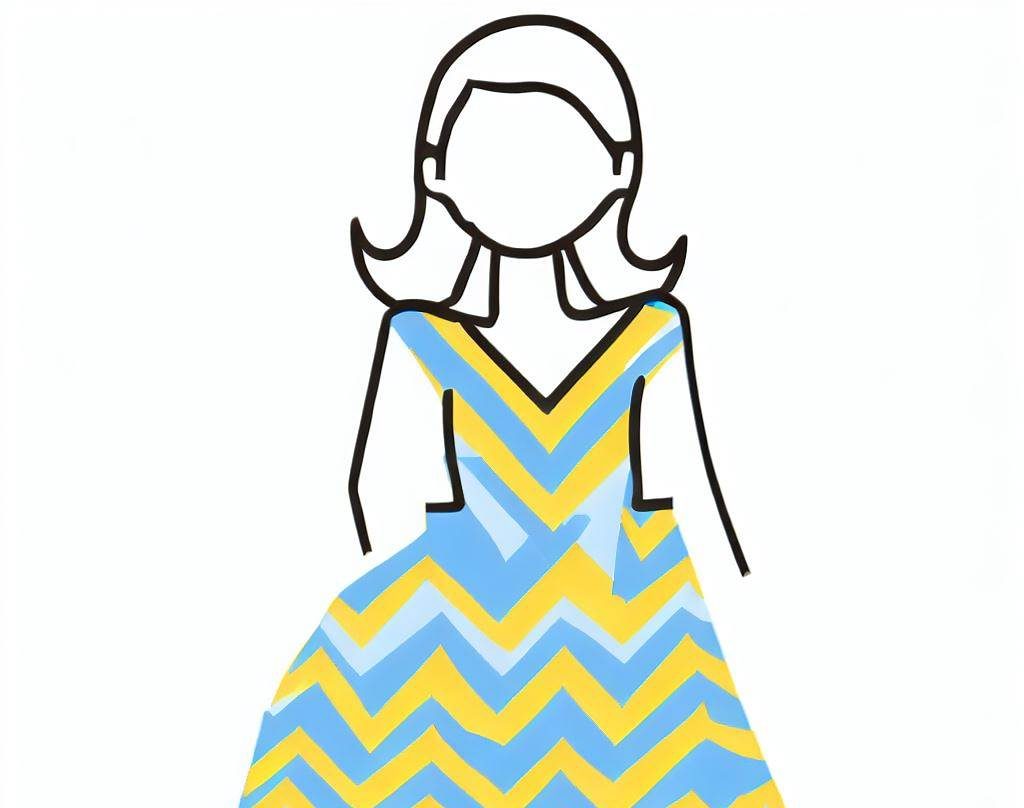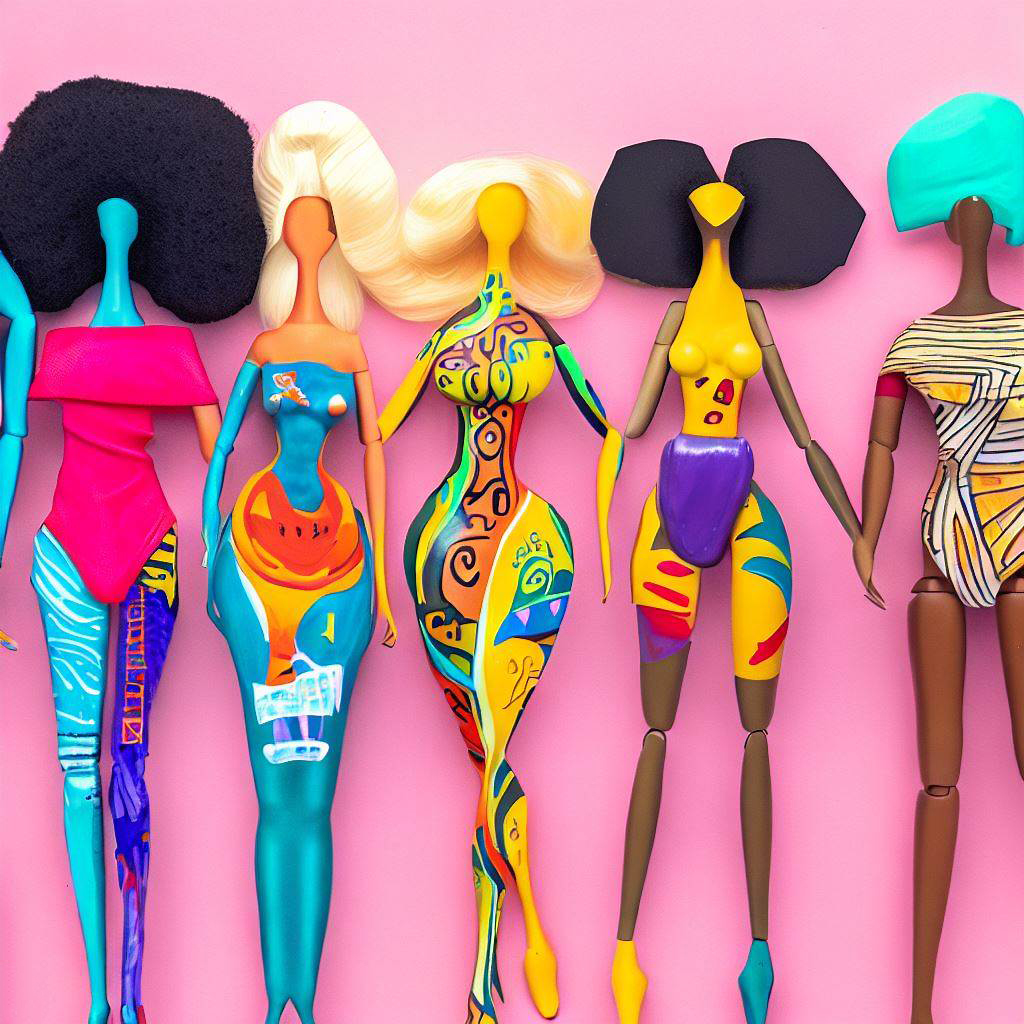Mattel®, the company behind the iconic Barbie® brand, has broken new ground in the world of inclusive toys by announcing the upcoming release of the first-ever Down Syndrome Barbie in Partnership with The National Down Syndrome Society. The company has partnered with British model Ellie Goldstein, who has Down Syndrome, for the campaign launch of this groundbreaking doll.

The Down Syndrome Barbie is sculpted to include facial features characteristic of Down Syndrome, marking a significant milestone in Mattel’s commitment to representing diverse children and promoting inclusivity. The doll will also wear a necklace with three upward-facing chevrons, symbolizing the 21st chromosome. The presence of an extra copy of the 21st chromosome is the genetic material responsible for Down Syndrome.
Auto Amazon Links: No products found. http_request_failed: A valid URL was not provided. URL: https://ws-na.amazon-adsystem.com/widgets/q?SearchIndex=All&multipageStart=0&multipageCount=20&Operation=GetResults&Keywords=B0BLJRQNPB&InstanceId=0&TemplateId=MobileSearchResults&ServiceVersion=20070822&MarketPlace=US Cache: AAL_b76fda4b0754cc52a2cdf770d07f0f69
Ellie Goldstein, a trailblazing model with Down Syndrome, has appeared in various fashion campaigns, including those for Gucci® and Allure®. Goldstein’s collaboration with Mattel signifies the company’s dedication to breaking barriers and championing representation for all.
Since its inception, Barbie has made strides in promoting diversity and inclusivity, with dolls representing various races, body types, and careers. This latest addition to the Barbie lineup is yet another example of the brand’s ongoing efforts to push the boundaries of representation in the toy industry.
The Down Syndrome Barbie is currently available for order at Amazon and will be available for purchase at other retailers this summer and fall, with a portion of the proceeds going towards organizations that support individuals with Down Syndrome and their families. This move further solidifies Mattel’s dedication to fostering inclusivity and empowering the next generation through play.
As the toy industry continues to evolve, Mattel and Barbie lead the charge in promoting diversity and inclusivity. The release of the first-ever Down Syndrome Barbie is a testament to the company’s commitment to representing all children, empowering them to embrace their individuality and the world’s unique differences.
Auto Amazon Links: No products found. http_request_failed: A valid URL was not provided. URL: https://ws-na.amazon-adsystem.com/widgets/q?SearchIndex=All&multipageStart=0&multipageCount=20&Operation=GetResults&Keywords=B07ZPQGG1G|B08R5PXZWG|B09NMQLZPX&InstanceId=0&TemplateId=MobileSearchResults&ServiceVersion=20070822&MarketPlace=US Cache: AAL_ece21a7e7585e8c756b1433d915ce792


